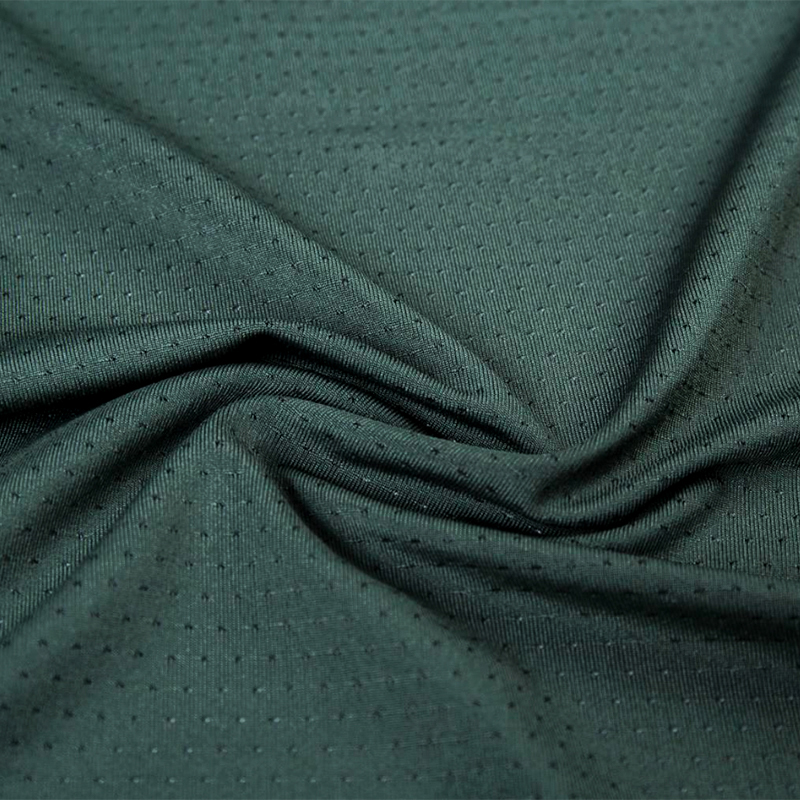In recent years, sustainability has become a major focus in the Sportswear Knit Fabric industry. Consumers are now demanding eco-friendly and sustainable products, which has led to some exciting trends and innovations in sportswear knit fabric. These developments are having a significant impact on the market and changing how sportswear brands operate.
One important trend is the use of recycled materials in sportswear knit fabric. Brands are now incorporating recycled polyester, nylon, and other materials obtained from post-consumer waste such as plastic bottles or discarded fishing nets. This reduces the need for new resources, minimizes waste, and lowers the carbon footprint of fabric production.
Another trend is the use of organic and natural fibers in sportswear knit fabric. Materials like organic cotton, bamboo, hemp, and linen are gaining popularity due to their sustainability credentials. These fibers are grown without the use of harmful pesticides and require fewer resources to cultivate, making them a more sustainable choice.

Some brands are even experimenting with biodegradable materials in sportswear knit fabric. These fabrics are typically made from plant-based materials like Tencel or Modal, which decompose naturally when disposed of in composting conditions. This helps reduce textile waste and the environmental impact of sportswear.
Traditional dyeing processes in sportswear knit fabric involve a significant amount of water consumption and chemical usage. However, there has been a shift towards waterless dyeing techniques. Brands are adopting innovative technologies like air-dyeing or digital printing, which significantly reduce water consumption and the release of harmful chemicals into water systems.
Circular economy initiatives are also becoming more prevalent in the sportswear industry. These initiatives focus on extending the lifespan of sportswear through repair, recycling, and reusing. For example, some brands offer take-back programs where old sportswear is collected, recycled into new yarns, and used to create new fabric for future products.
These sustainability trends and innovations are driving changes in the sportswear market. Brands that prioritize sustainability in their manufacturing processes and offer eco-friendly sportswear options are gaining a competitive advantage. Consumers are becoming more conscious of the environmental impact of their purchases, leading to increased demand for sustainable sportswear. Consequently, brands that do not adapt to these developments risk losing market share to those that do. Sustainability efforts are also helping sportswear brands establish a positive brand image and strengthen their relationship with environmentally conscious consumers.

.jpg?imageView2/2/format/jp2)


.jpg?imageView2/2/format/jp2)


.png?imageView2/2/format/jp2)



.jpg?imageView2/2/format/jp2)